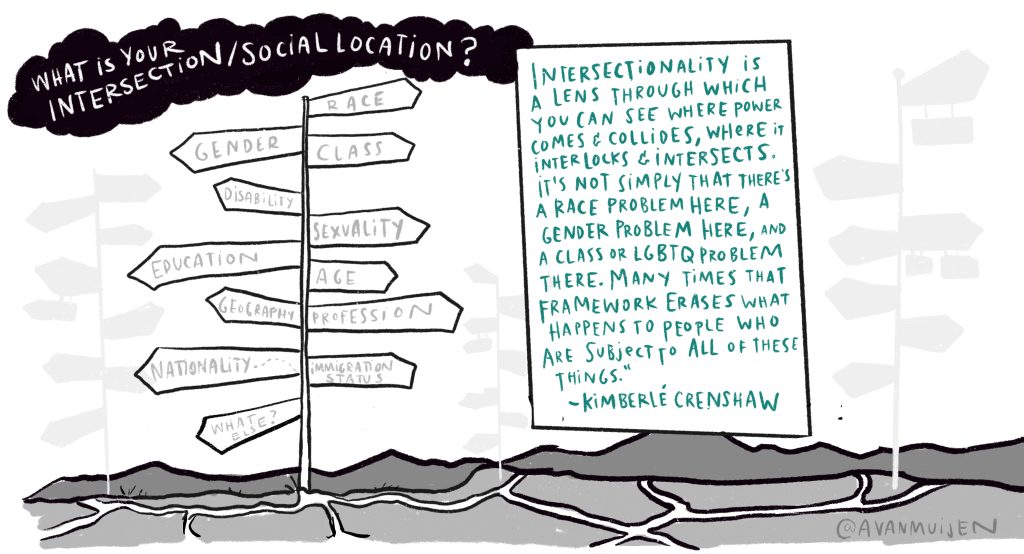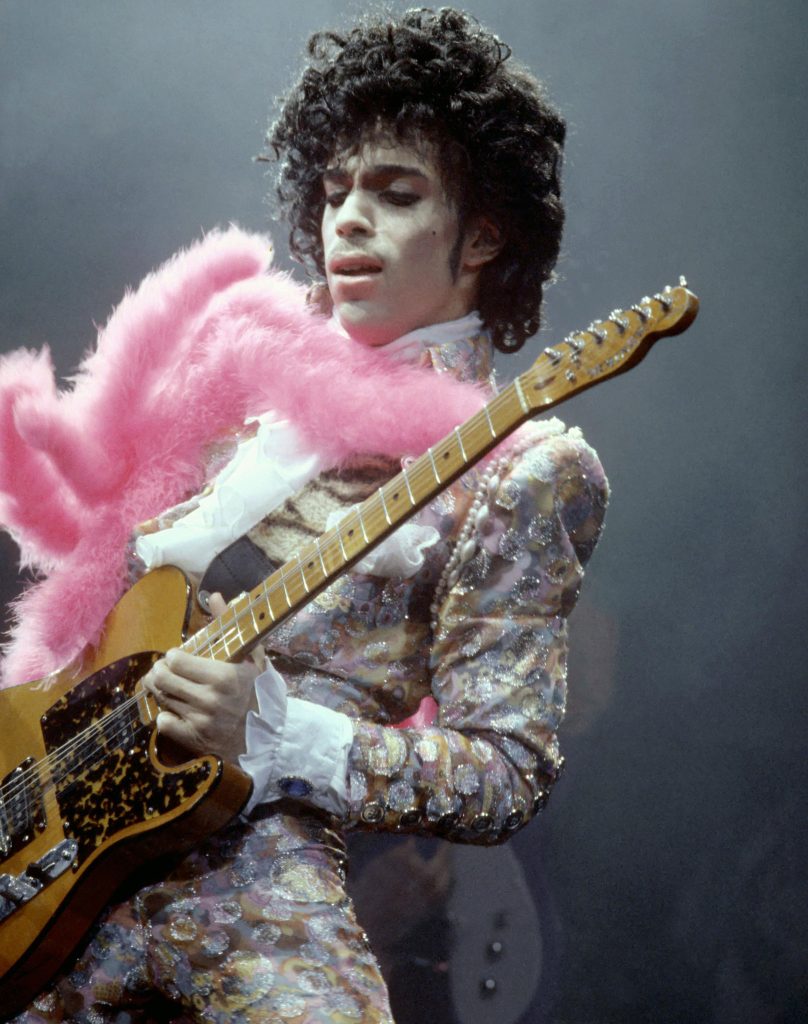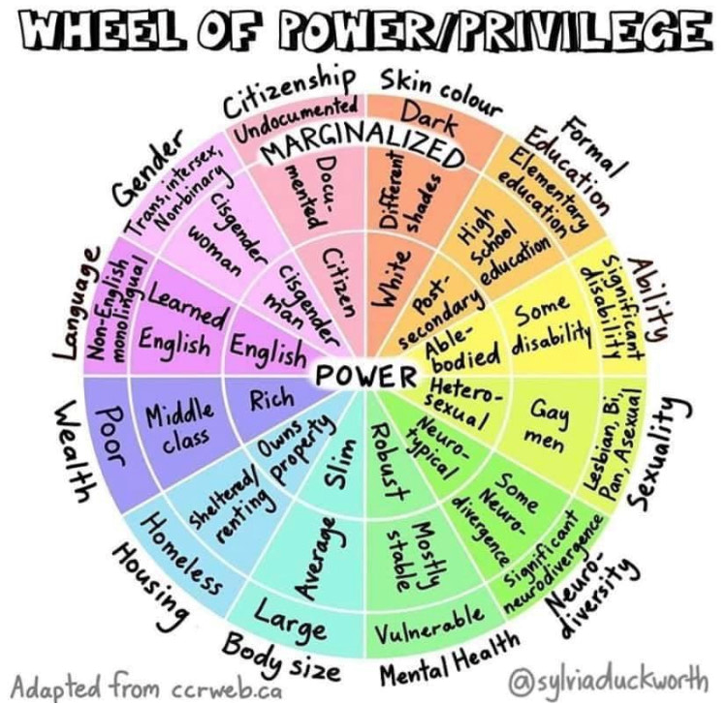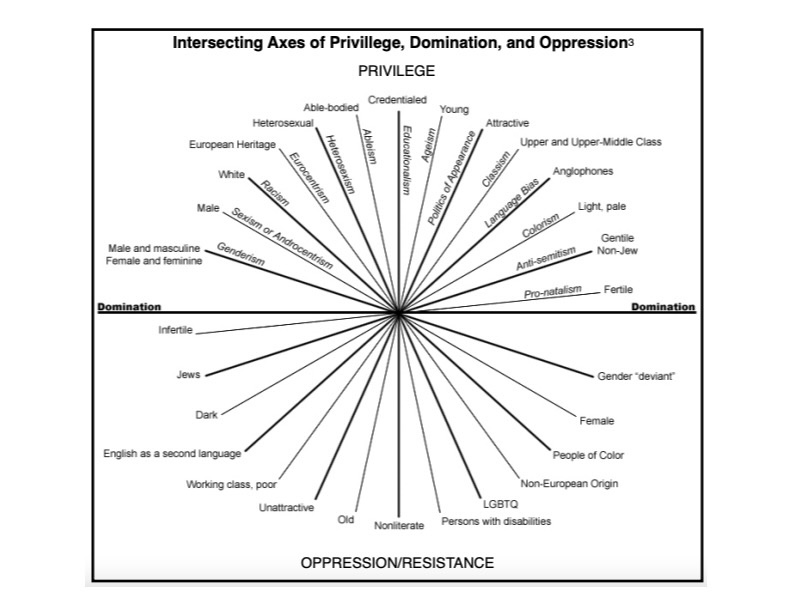1 An Introduction to Elementary Music
Martina Vasil
You may have vague memories of elementary music or perhaps you never had music at the elementary level (some states, like California, do not mandate it). Typically called “general music”, the purpose of this sort of class is to provide a music foundation for all students, and is compulsory (required) in most states in the United States for grades K–5 in public schools. This first chapter provides you with a little bit of the history of general music in schools and review the purposes and aims of general music that most teachers and researchers would agree upon. Next, we dig deeper into who you are so that you can learn best how to know your students. As Aristotle said, Knowing yourself is the beginning of all wisdom.
A Brief History
What is known today as “general music” began at the turn of the 20th century (early 1900s) in one-room school houses, where the teacher would often play at the piano and lead songs for a portion of the day. The 1930–50s saw an increase in popularity of the “rhythm bands”, where the teacher would put on a record and students would march and play the beat on simple hand-held percussion instruments, such as triangles and hand drums. Children would sometimes conduct the class playing instruments on the beat. Square dancing soon became a fad and the 1960s–70s saw the introduction of “contemporary” approaches to teaching music to children, which included the Dalcroze, Kodaly, and Orff approaches that centered music, movement, literacy, and creativity (more on those later in the book). The 1990s saw an influx of interest in multi-cultural music, and world music drumming programs became popular. In the past 20 years, ukuleles and the integration of popular music has risen, particularly with a type of class, “modern band”, which centers student-preferred music and uses instruments such as guitar, electric bass and guitar, drumkits, vocals, and computer. In other words, general music has evolved from singing only, to a multi-faceted experience of singing, moving, playing, and creating.
Aims and Purposes of General Music
Over the years, the aims and purposes of general music have shifted, depending on the political and socio-cultural climate. Here are a few examples of what teachers thought during different periods of times.
- To encourage lifelong musicianship of the individual
- To use music as a tool for promoting nationalism and bettering society
- To improve the overall musicianship of the individual
- To improve music literacy and preserve cultural tradition
- To help students explore their social and emotional skills
You may have your own ideas about what the aims and purposes of general music should be, but know that you may face pressures from your state, school, and community. Remember that you are the expert with the music education degree, and ultimately, it is up to you to see who you are teaching and meet their needs to help them learn. You should be ready to articulate what you think the purpose of general music is when asked and be ready to explain why and how you teach music to children.
Exercise: My General Music Experience
Reflect on what your general music experience (or lack of) was like. What were the positive or negatives of the experience? How did the class (or lack of it) impact you as you grew up and engaged in other ways of making music? What do you think your music teacher thought the aims and purposes of general music were? Do you agree/disagree? Why? Draw a picture, write out a summary, or use another way to share your experience (i.e., make a TikTok video, reel, meme, etc).
Who You Are and Who You Teach
To help you further determine what you think the aims and purposes of general music should be, consider the following:
- You need to know yourself first before you can really know your students.
- Think about WHO you are teaching first, rather than just WHAT you are teaching.
- Think about processes over musical elements (performing, creating, responding, creating, the four creative processes listed in our National Core Arts Standards).
- Keep learning as active as possible. Few learn just by sitting and listening.
In this section, I lead you through a series of reflective exercises. This is because I firmly believe that to be the best teacher you can possibly be, you need to know yourself well first and engage in reflexive practices. Only then are you going to be able to focus on who your students are and what they need to help them learn best.
Identity and Intersectionality
Each one of us has aspects of our identities that can benefit or bring challenges, that may privilege or oppress us, whether we realize it or not. These can include identities that come with how we exist in the world (how we are born) and social identities society and we put upon ourselves. When multiple identities intersect or overlap, this is what Kimberlé Crenshaw coined intersectionality (see image below).

In American society, certain identities have privilege over others. For example, I am middle class, Caucasian, a cisgender woman, and a first-generation American. I also have a genetic predisposition for anxiety. Being middle class, Caucasian, and cisgender gives me many privileges, while being a woman, a first-generation American, and having anxiety brings disadvantages and may bring oppression to my life.
Example: Prince’s Intersectionality
 An example of a musician with intersecting identities is Prince.
An example of a musician with intersecting identities is Prince.
1. Race and Ethnicity: Prince was an African-American man. This placed him within a racial minority in the United States, often subject to racism and systemic discrimination.
2. Gender and Sexuality: Prince’s androgynous appearance and exploration of gender fluidity challenged traditional gender norms. He often played with both masculine and feminine aesthetics, facing both praise and criticism for his gender expression.
3. Religious Beliefs: Later in life, Prince became a Jehovah’s Witness. His religious beliefs influenced his music and public life, presenting both personal fulfillment and challenges within the broader secular and religious communities.
4. Artistic Expression: Prince’s refusal to conform to industry standards regarding his music and public persona allowed him to control his artistic output but also resulted in legal battles and conflicts with record labels. His fight for artistic freedom highlighted issues of intellectual property and artist rights.
5. Socioeconomic Background: Coming from a middle-class family in Minneapolis, Prince’s background was relatively stable but still presented challenges in gaining national and international recognition.
Prince’s multifaceted identity and his impact on music, fashion, and culture demonstrate the complexity of intersectionality and how various aspects of one’s identity can influence their experiences and contributions to society.
Kimberlé Crenshaw explains more on intersectionality in this video. After watching the video, you may notice that aspects of Prince’s intersectionality were marginalized identities in American society that he fought and rose above.
Exercise: My Intersectionality
Intersectionality
Using a writing utensil, circle or shade in where you fall on each section. This is an exercise that calls upon your own personal judgment on where you stand in each category listed. Not all social factors are included in this graphic.
This is another way to look at it.
The -isms are when one uses a dominant identity or identity with power to oppress others. That is, if someone would not allow someone who is infertile to attend a baby shower, they would be engaging in pro-natalism. Or, if someone were to hire someone just because they are male, that person is engaging in genderism. Being white doesn’t automatically make you a racist, nor does being young automatically make you ageist.
Reflecting on the video and graphics, consider how your own intersectionality has affected your life. Write down some examples where someone’s else’s intersectionality has meant further disadvantages and, at times, oppression. Think about the impact this can have on your students and your classroom.
Practicum: Social and Cultural Demographics and Context
When you visit your assigned elementary school for the first observation, it is important to identify the social and cultural demographics of the school and students so that you may begin to identify intersectionality. This helps you understand your students better and design better instruction. See Canvas for more details.
References
The Corella and Bertram F. Bonner Foundation. (n. d.). Exploring diversity & intersectionality. The Bonner Community Engagement Curriculum.
Crenshaw, K. (2016). The urgency of intersectionality [Ted Talk]. https://www.ted.com/talks/kimberle_crenshaw_the_urgency_of_intersectionality?language=en
University of Leicester (2020). Intersectionality. www.schoolofsexed.org


